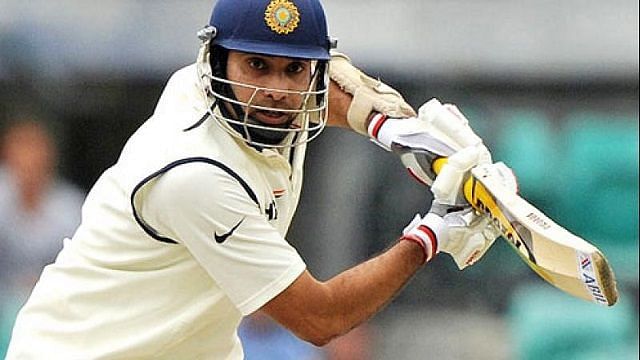
5 great cricketers who never played a World Cup

The game of cricket has evolved considerably over the past few decades, meaning that the sport isn’t just restricted to a solitary format. Though the Test arena is still considered the premier platform to showcase one’s talents, the emergence of white-ball cricket has enabled a myriad set of skills to come to the fore.
Subsequently, the 50-over World Cup has grown in stature and is considered by many as the pinnacle of the sport. Unsurprisingly, that particular competition has witnessed an enormous amount of drama, and of course, quality as the best outfits on the planet have clashed swords.
However, despite the sheer weight of the tournament, a few sparkling talents have missed out on the global extravaganza, owing to a combination of injuries, a relative unsuitability to the format or a lack of luck.
Though their non-appearance at the World Cup has not eradicated the sheen off their glittering careers, it certainly makes the average cricket enthusiast venture into fantasy land and wonder what could’ve been.
Thus, through the lens of this article, we would take a look at the five greatest cricketers to have never participated in the 50-over World Cup.
#5 Ishant Sharma (India)
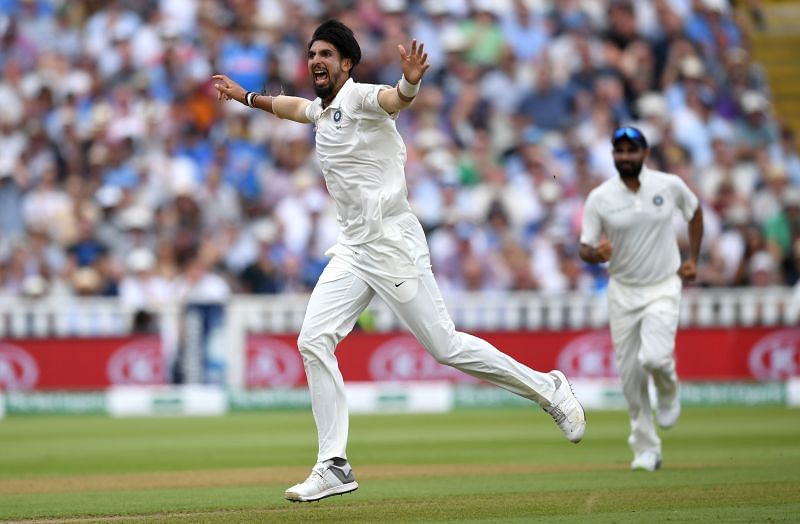
In 2007, the lanky fast bowler from Delhi made his international bow against Bangladesh at Dhaka. A few months later, Ishant Sharma captured the Indian imagination when he rattled Pakistan at the M Chinnaswamy Stadium and scalped an impressive five-wicket haul.
Post that, the pacer endured his fair share of crests and troughs before finally finding his feet in the Test circuit towards the latter half of the 2010s. Consequently, Ishant has become one of India’s most vital cogs in the longest format with his accuracy and ability to bowl long spells providing his side with a variety of options.
However, those tendencies of adhering to a strict line and length have led to his downfall in white-ball cricket. As a result, the fast bowler hasn’t been able to nail down a spot in India’s ODI set-up. While he enjoyed a relatively good run at the start of the decade, which culminated with a Champions Trophy triumph, his returns in red-ball cricket have been far better.
To draw further parallels, Ishant has bagged 297 Test wickets at an average of 32.39, which is commendable considering his role in the team. In ODIs, although his average is marginally better, his economy rate of 5.72 across 80 matches makes him a less viable alternative.
Thus, it isn’t too surprising that the pacer has not represented his nation on the biggest limited-overs stage.
#4 Cheteshwar Pujara (India)
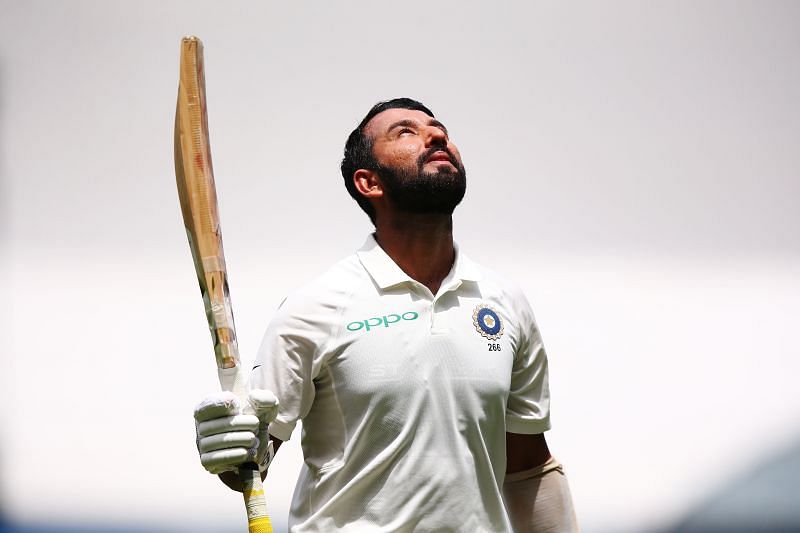
When Cheteshwar Pujara made his international debut in 2010 against Australia at Bengaluru, several had earmarked him as Rahul Dravid’s successor. In fact, the former stoked that particular fire when he creamed his way to a match-winning knock of 72 in his first Test.
And, to add to the list of coincidences, the right-hander did so when deputizing for Dravid, who batted at No.5 in the second innings of the aforementioned encounter.
Over the succeeding years, Pujara has carved a niche for himself in the longest version of the sport, although he hasn’t yet scaled the peaks that his predecessor at No.3 did. However, a record comprising of a Test average of 48.66 across 77 matches isn’t one to be scoffed at.
Throughout his career, the lad from Saurashtra has been lauded for his grit, determination and technique. Unfortunately, though, those traits haven’t made him an automatic starter for India in white-ball cricket.
To put things into perspective, Pujara has only played 5 ODIs, with those coming against Bangladesh and Zimbabwe, thereby highlighting that the batsman has never been a part of the team management’s plans.
Though the Indian still has a few years of international cricket left in him, it seems highly unlikely that he would be able to substantially mould his game to adapt to the 50-over format before the next World Cup.
#3 Justin Langer (Australia)
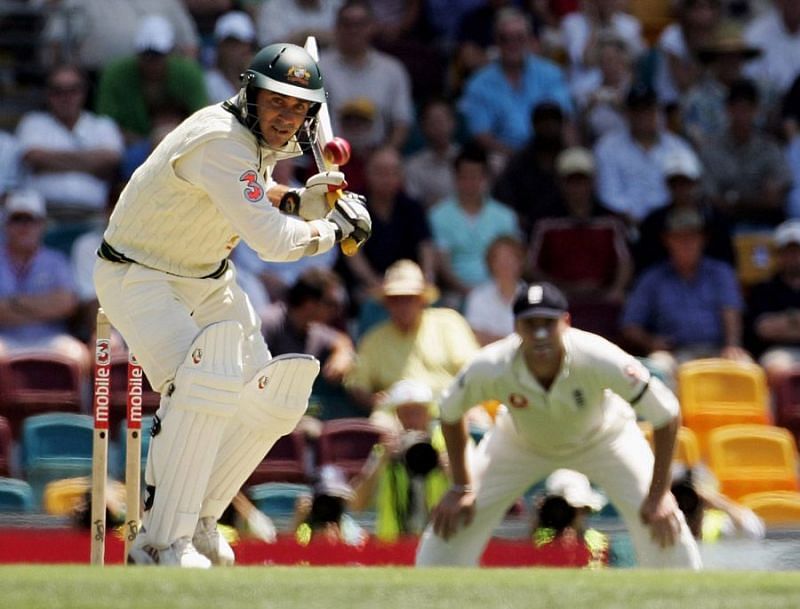
In the 2000s, not many teams in the world were able to rival Australia in the Test landscape. The Aussies possessed exceptional batsmen and boasted an equally irresistible bowling attack. Unsurprisingly, they catapulted themselves to the perch of the ICC Rankings.
And, during that stellar run, not many components were as important and as underrated as Justin Langer. The current Australian Men’s team coach was a pillar of concentration and perseverance at the top of the order. He formed an irrepressible partnership with Matthew Hayden and ensured that the Aussies were always ahead of the game, irrespective of the conditions.
However, Langer couldn’t translate that form into ODIs, wherein he represented another one of those batsmen who failed to come to grips with the hustle and bustle of the format.
Subsequently, he played only 8 ODIs, scoring 180 runs at an average of 32. In contrast, he made 105 Test appearances for Australia and amassed 7696 runs at an average of 45.27, including 23 centuries.
Thus, the above just highlights the remarkable paradox between formats for the former Australian opener.
#2 Sir Alastair Cook (England)
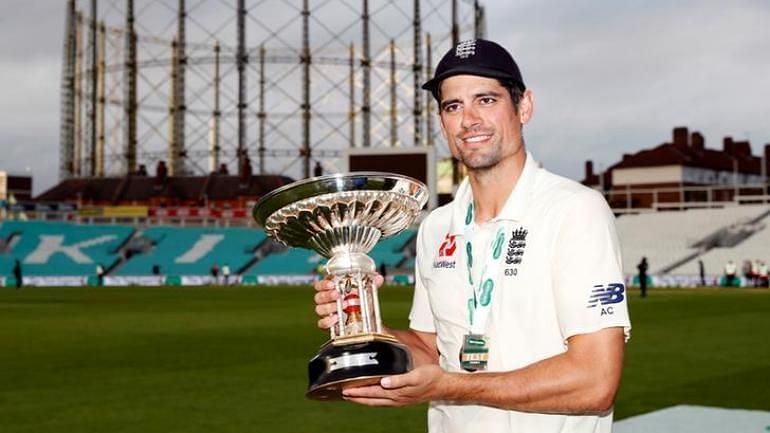
Ever since an astonishing hundred on Test debut against India at Nagpur, Sir Alastair Cook had been touted for greatness. And, over the next decade and a bit, the opener lent plenty of weight to that notion as he ransacked every Test bowling attack and piled up 12472 runs in 161 matches.
Additionally, he notched up 33 centuries and 57 fifties at an average of 45.35, which is excellent considering he played a majority of his career in the SENA countries (South Africa, England, New Zealand and Australia).
However, the water-tight technique and bags of concentration that helped him reap the rewards in Tests led to his undoing in the slightly more frantic version of cricket aka ODIs.
In 92 ODIs, the former England skipper could only muster 3204 runs at an average of 36.40. Additionally, his strike rate of 77.13 painted an unspectacular picture and perhaps summed up the ailments plaguing English limited-overs cricket at that juncture.
And, to worsen matters, Cook was sacked as the ODI captain, just months before the ICC 2015 Cricket World Cup. Unsurprisingly, the Englishman, who longed for an appearance on the grandest stage, was rid of that opportunity.
#1 VVS Laxman (India)

Back in 2001, India stared down the barrel of a humiliating defeat at Eden Gardens. The Australians had surged into the ascendancy, and the result seemed a formality. Yet, at that moment, VVS Laxman, India’s Guardian Angel in the longest format, stood up and scripted a new chapter in Indian cricketing folklore.
Post that knock, the elegant right-hander continued weaving his magic on countless other occasions. In fact, he often morphed into India’s most vital player when the going got tough, thereby ensuring that his side didn’t wilt under pressure.
However, rather unluckily, the Indian couldn’t establish himself as a consistent starter in the ODI format, meaning that he could only don the Blue on 86 occasions. Though he performed admirably, scoring 2338 runs at an average of 30.76, his inability to increase the tempo during the middle phases made him fall out of favour.
Consequently, he was also pushed down the pecking order before the 2003 and 2007 editions of the 50-over World Cup, thereby denying him the chance to turn out on the biggest cricketing party.
As the dust truly settles on his illustrious career, one can’t help but feel for the right-hander, especially after what he achieved for the nation. And, VVS Laxman and the World Cup was a fable the world wasn’t fortunate enough to savour.